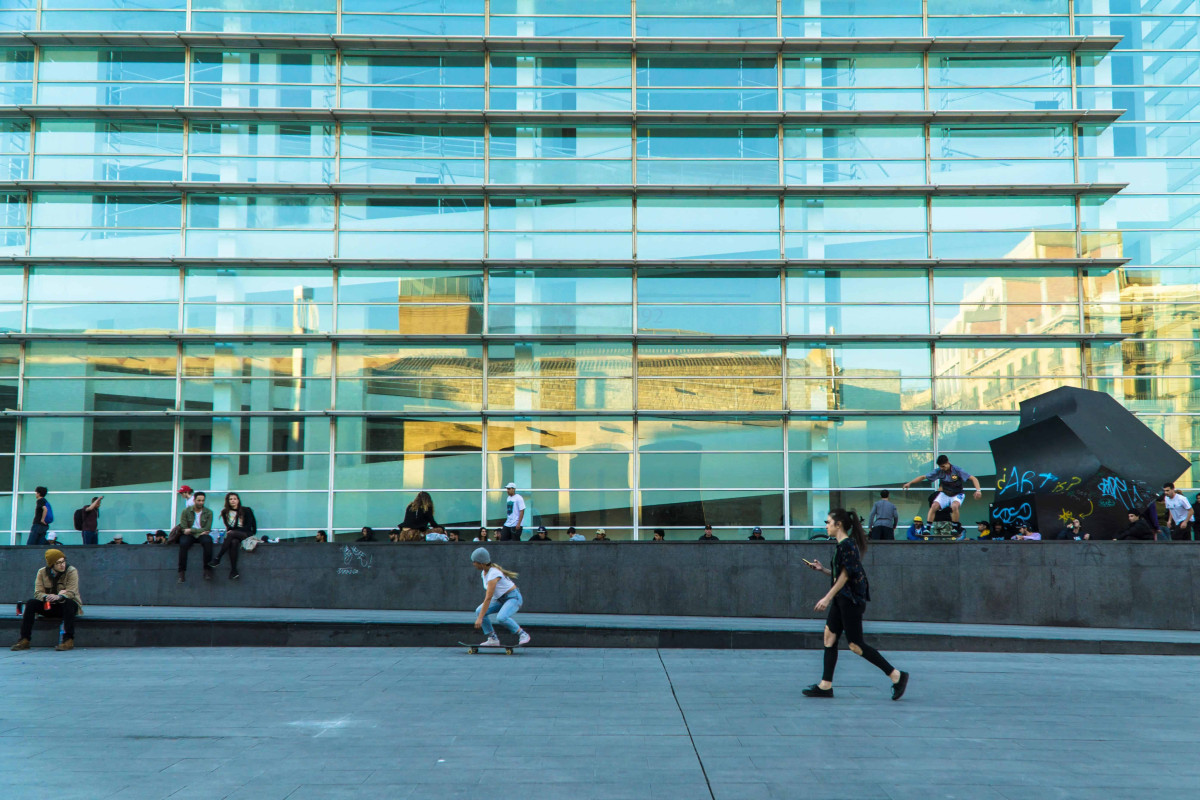
Old yet modern, architecture and contemporary art in the historical heart of Barcelona.
In Barcelona, the past and the present coexist in an architectural and artistic symphony. We wander its streets that blend the best of yesterday with the great names of the present (with an eye on the future).
